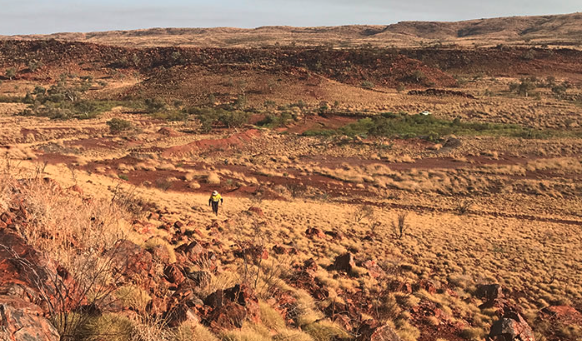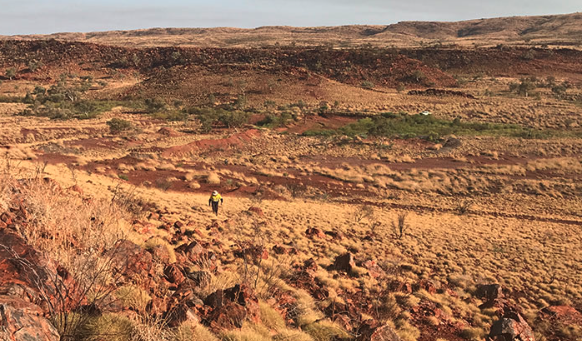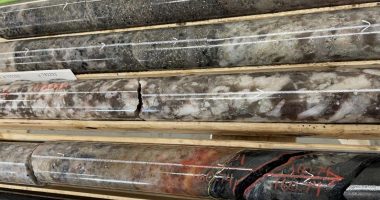- Castle Minerals (CDT) has identified four high-priority targets for gold and possible lithium at the Beasley Creek project in the southern Pilbara region of Western Australia
- The targets have a consistently anomalous 600-metre zone with associated copper and gold anomalies with a multi-element association of sliver, bismuth, nickel, platinum, and palladium
- Sample values peaked at 137 parts per billion of gold and 1010 parts per million of copper
- The two other priority targets have a strong lithium signatures in both soils and stream sediment samples
- Castle Minerals last traded at 4 cents per share on January 19
Castle Minerals (CDT) has identified four high-priority targets for gold and possible lithium at the Beasley Creek project in the southern Pilbara region of Western Australia.
The targets are on the northern flanks of the Pilbara’s Rocklea Dome granite intrusion.
Castle recognition that parts of under-explored areas Beasley Creek are prospective for structurally controlled, orogenic-style gold mineralisation is beginning to pay dividends, the company said.
Results from a series of soil sampling, rock chip and mapping campaigns combined with a recent high-resolution survey are reinforcing evidence that the area contains several viable drill targets.
Two of the priority gold targets fall within a northwest-trending anomalous corridor in the centre of the licence.
The targets have a consistently anomalous 600-metre zone with associated copper and gold anomalies with a multi-element association of sliver, bismuth, nickel, platinum, and palladium.
Sample values peaked at 137 parts per billion of gold and 1010 parts per million of copper.
The two other priority targets have a strong lithium signatures in both soils and stream sediment samples.
The Lithium and the anomalous associated pathfinder elements were not a specific target for exploration at Beasley Creek, but their values have provided Castle with an additional factor to its exploration in the region.
The multi-element signatures of these anomalies are consistent with possible hard rock lithium, and their proximity to the Rocklea granite provides additional encouragement.
The company has stated at this stage it is too early to have a firm understanding of the origin of lithium.
Castle also stresses that it has not carried out enough sampling to confirm the source of the lithium or other associated elements.
A field inspection is planned as a priority before any decision to drill the lithium targets is made.
Castle Minerals last traded at 4 cents per share on January 19.








